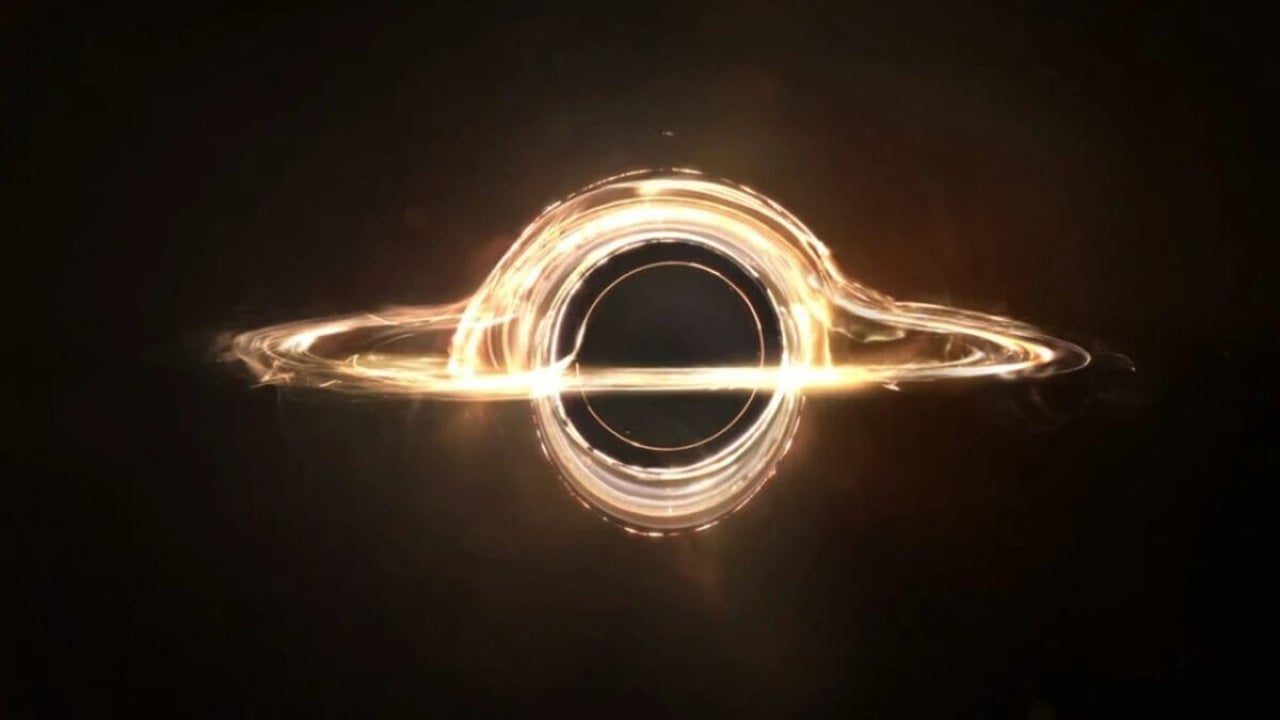News
“Journey to the Unknown: The Fascinating World of Black Holes Explored
S.T.A.Y.

- April 16, 2023
- Updated: March 7, 2024 at 3:48 PM

Space has many names: terrifying, mysterious, captivating… There are more unknowns than answers in the dark void, and one of them involves black holes. These astronomical objects have such an enormous gravitational pull that they not only engulf comets and asteroids that pass nearby, but even light itself cannot escape.
But how much do you really know about them? These astronomical objects commonly appear in popular culture and in science fiction stories, although few scientists have relied on scientists to accurately depict them in their works. To, ironically, shed some light on the subject, we explain the facts you should know about black holes.
How were black holes discovered?
While it is true that the great scientist Albert Einstein calculated in 1916 that these astronomical objects existed, we humans had to wait until 1971 to discover a black hole for the first time.
After detecting several X-ray sources in space using a sounding rocket, it was eventually determined that these emissions came from a bright blue star orbiting a strange dark object: Cygnus X-1. This new astronomical object would be known as a black hole.
How does a black hole originate?
The vast majority of black holes are the end result of a star that dies in a titanic explosion: a supernova. But for a supernova to be generated, not just any star will do. Only the most massive stars, stars that leave our Sun as a dwarf, are the ones that originate these astronomical objects. In addition, black holes are also created after several stellar collisions.
What types of black holes exist?
Black holes are currently classified into three types, depending on their size: stellar, intermediate and supermassive. Stellar black holes are between 3 and 100 solar masses, intermediate black holes are between 100 and 10,000 solar masses, and supermassive black holes (such as the one at the center of the Milky Way) are all those larger than 10,000 solar masses.

What are the parts of a black hole?
Black holes are composed of two parts: the event horizon and the singularity. The event horizon is what we can “see”, the surface layer of a black hole, where gravity traps everything within its reach. This is also the part that scientists know best, by far. On the other hand, the singularity is at the center, and is “a point that is infinitely small and infinitely dense” of which its real aspect is still unknown.
What does a black hole “feed” on?
Black holes do not absorb everything that is within their reach, even if it sounds familiar from a movie or video game. As such, black holes usually “feed” only on stellar dust and gas, and only “swallow” those astronomical objects that arrive directly at their surface, the event horizon. Moreover, several black holes have been detected with stars and other celestial bodies orbiting around them without any problem.
Some of the links added in the article are part of affiliate campaigns and may represent benefits for Softonic.
Publicist and audiovisual producer in love with social networks. I spend more time thinking about which videogames I will play than playing them.
Latest from Pedro Domínguez
You may also like

Cocoa Motors Unveils Walkcar 2: The Future of Personal Mobility
Read more

The creator of Kirby and Super Smash Bros makes it clear: he knows nothing about what will be announced regarding Switch 2
Read more

All the information we know about Nintendo Switch 2 after the Direct
Read more

Hulu begins production on The Testaments, the sequel to The Handmaid's Tale
Read more

The developers of Helldivers 2 acknowledge that they made a serious mistake by requiring a PSN account
Read more

No Man's Sky allows us to be archaeologists of the universe with its new expansion
Read more